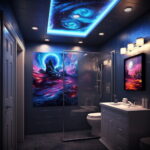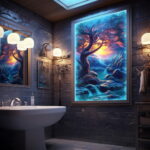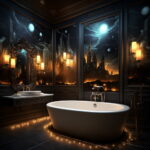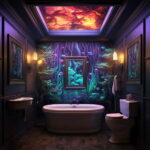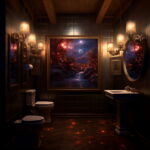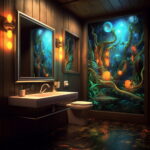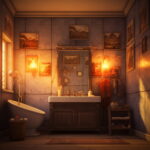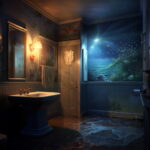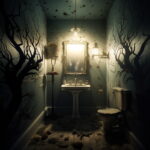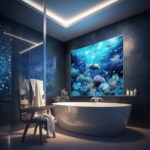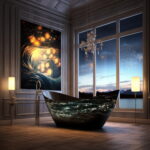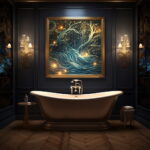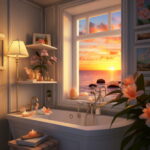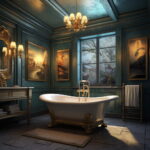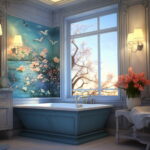Lighting Artwork: Illuminating Creativity and Atmosphere

Art is not just about the strokes of a brush or the chisel marks on a stone; it’s also about how light interacts with the medium, shaping the viewer’s perception and evoking emotions. In the realm of visual arts, lighting plays a pivotal role in enhancing artwork, setting the mood, and creating a captivating ambiance. Let’s delve into the fascinating world of lighting artwork, exploring techniques, tips, and the transformative power of light in artistic expression.
- The Importance of Lighting in Art
Lighting is an essential element in art appreciation, as it affects how we perceive colors, textures, and forms. Proper lighting can highlight the details of an artwork, evoke certain emotions, and create a captivating visual experience for viewers.
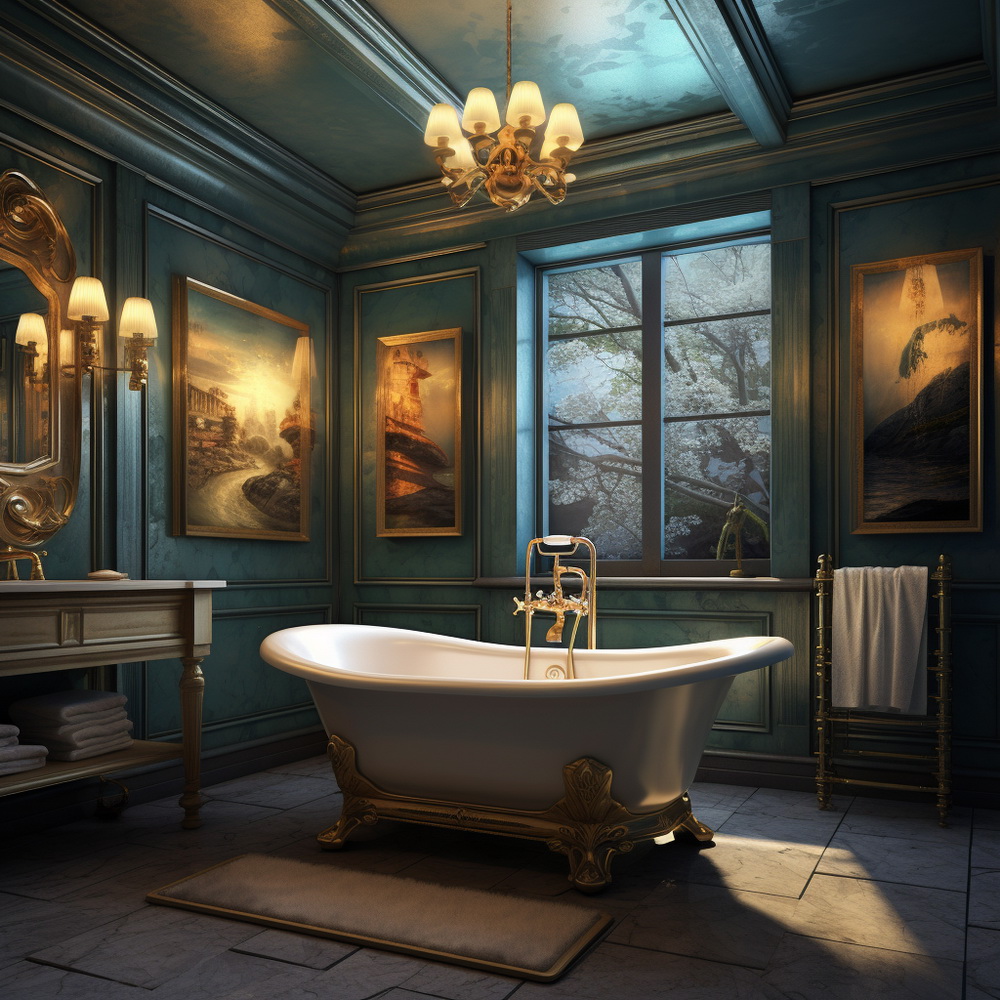
- Historical Perspective
Throughout history, artists have understood the importance of lighting in their work. From the dramatic chiaroscuro lighting of Baroque paintings to the soft, diffused light of Impressionist landscapes, lighting has been used to convey mood, depth, and narrative in art.
Types of Lighting Techniques
- Natural Lighting
Natural light, such as sunlight or moonlight, can provide a soft, diffused illumination that enhances the colors and textures of artwork. However, natural lighting can be inconsistent and may require supplementary artificial lighting for optimal viewing conditions.

- Artificial Lighting
Artificial lighting, such as track lights or picture lights, offers precise control over intensity, direction, and color temperature, allowing artists to tailor the lighting to suit their artistic vision. LED lighting, in particular, has become popular for its energy efficiency and versatility.
- Ambient Lighting
Ambient lighting provides overall illumination to a space, creating a uniform brightness that complements artwork without overpowering it. This type of lighting is commonly used in gallery and museum settings to provide a neutral backdrop for displaying artwork.
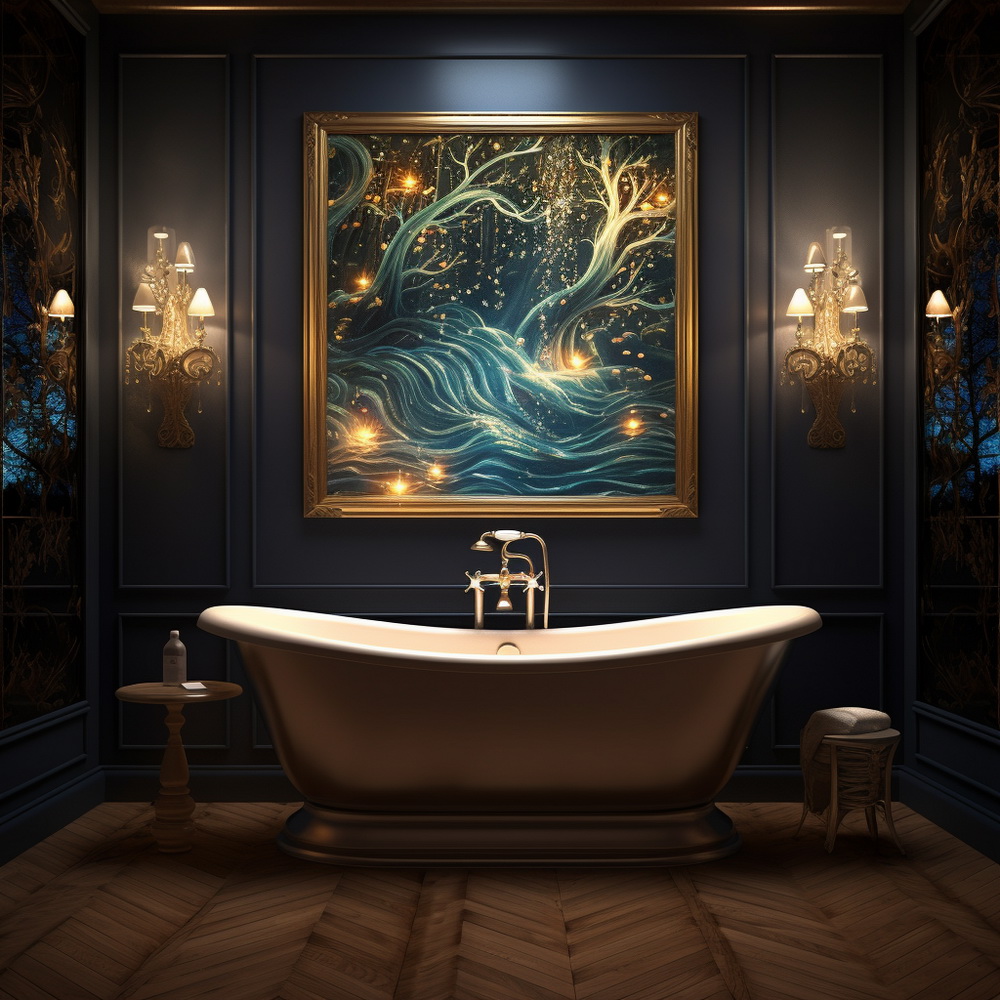
- Spotlighting
Spotlighting focuses a narrow beam of light on a specific area or object, drawing attention to the artwork and creating dramatic effects. Spotlights are often used to highlight individual pieces in a collection or to create visual interest in a gallery or exhibition space.
Considerations for Lighting Artwork
- Color Temperature
The color temperature of light can significantly impact how colors appear in artwork. Warm light (e.g., incandescent) tends to enhance reds and yellows, while cool light (e.g., daylight) brings out blues and greens. Artists should consider the color temperature of lighting when selecting bulbs for their artwork.
- Directionality of Light
The direction from which light falls on an artwork can influence the perception of form and texture. Frontal lighting can reveal details and textures, while side lighting can create depth and shadows. Experimenting with different lighting angles can enhance the visual impact of artwork.
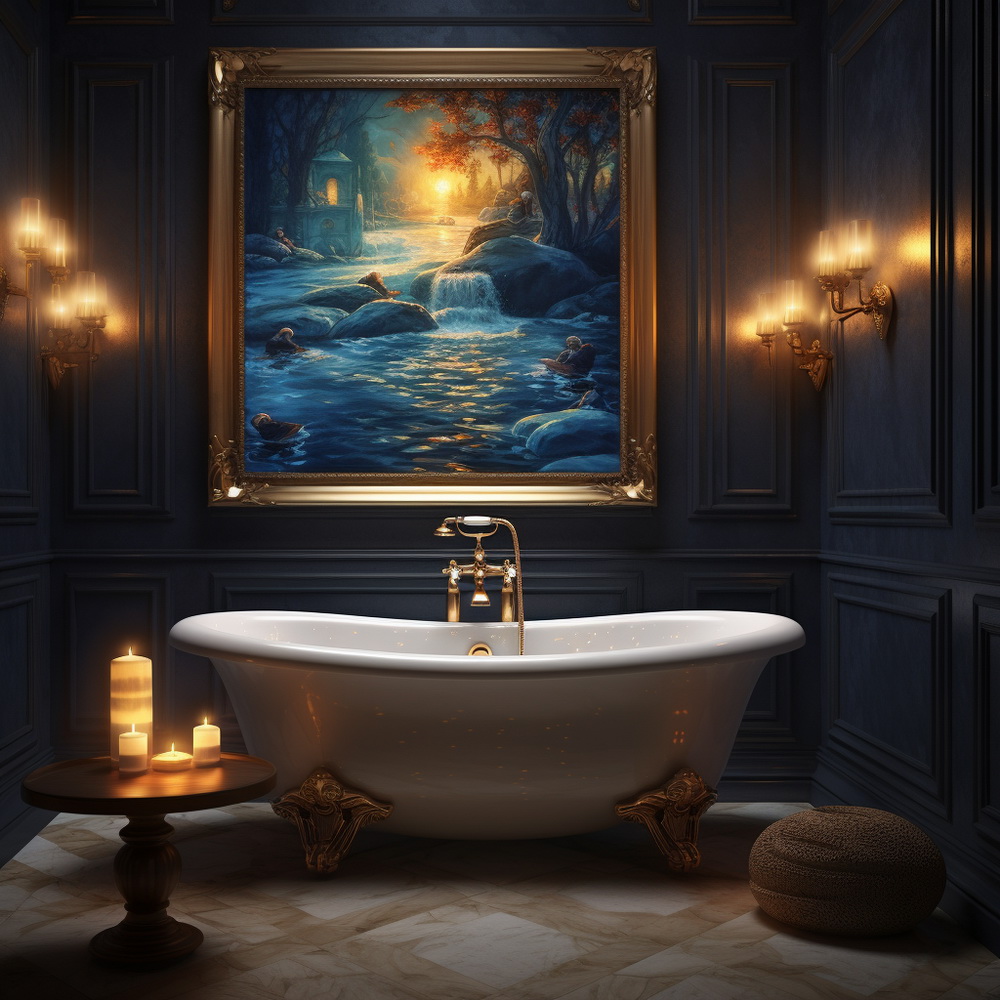
- Shadows and Highlights
Shadows and highlights add dimensionality to artwork, creating contrast and visual interest. Proper lighting can accentuate these elements, enhancing the overall composition and depth of the artwork.
- Light Intensity
The intensity of light can affect the mood and atmosphere of a space. Soft, diffused light creates a gentle, inviting ambiance, while bright, direct light can evoke drama and focus attention. Artists should adjust the intensity of lighting to complement the mood of their artwork.
Tools and Equipment for Lighting Artwork
- Track Lighting
Track lighting systems allow for flexible positioning of light fixtures, making them ideal for illuminating artwork in galleries and exhibition spaces. Track lights can be adjusted to highlight specific pieces and can accommodate different types of bulbs for varying lighting effects.
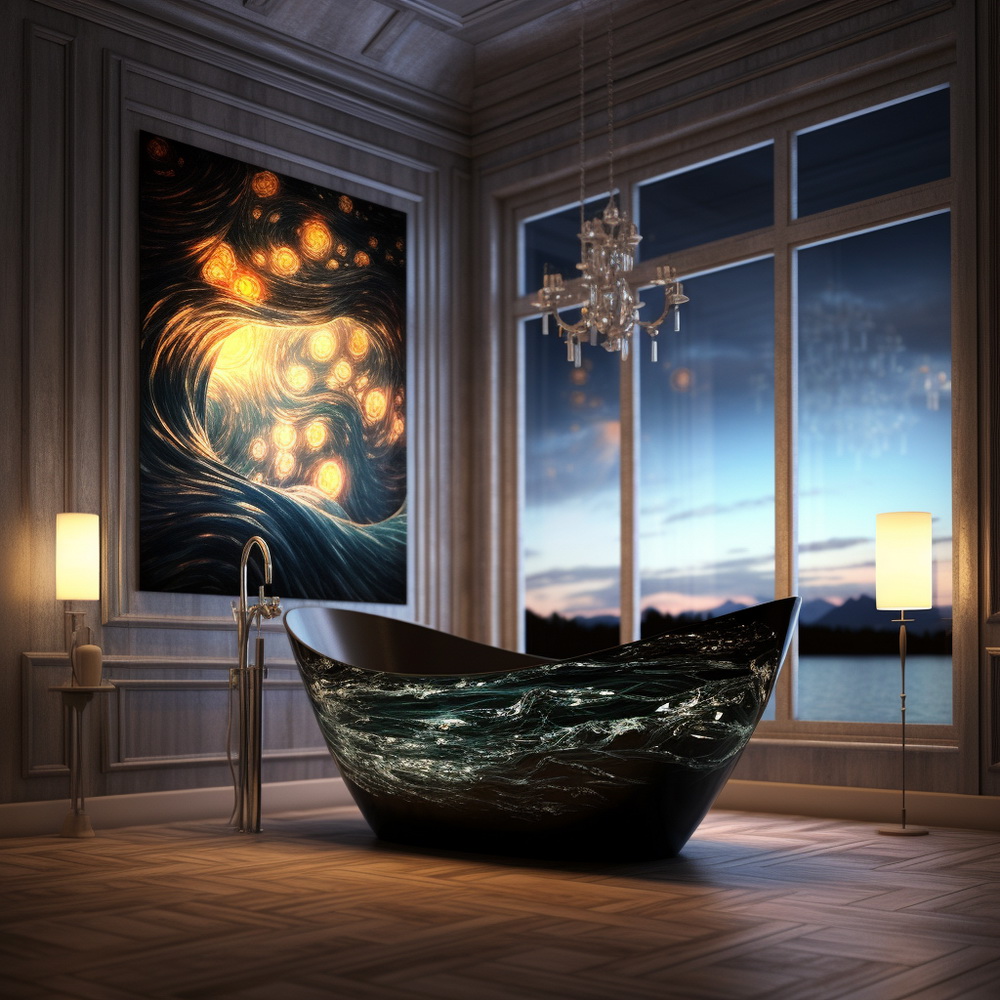
- Picture Lights
Picture lights are designed specifically for illuminating artwork, providing a focused beam of light that enhances colors and details. These fixtures are typically mounted above or below the artwork and come in various styles and finishes to complement different decor.
- LED Panels
LED panels offer energy-efficient and customizable lighting solutions for artwork. These slim, low-profile fixtures provide uniform illumination and can be dimmed or adjusted to achieve the desired lighting effect. LED panels are suitable for both residential and commercial settings.
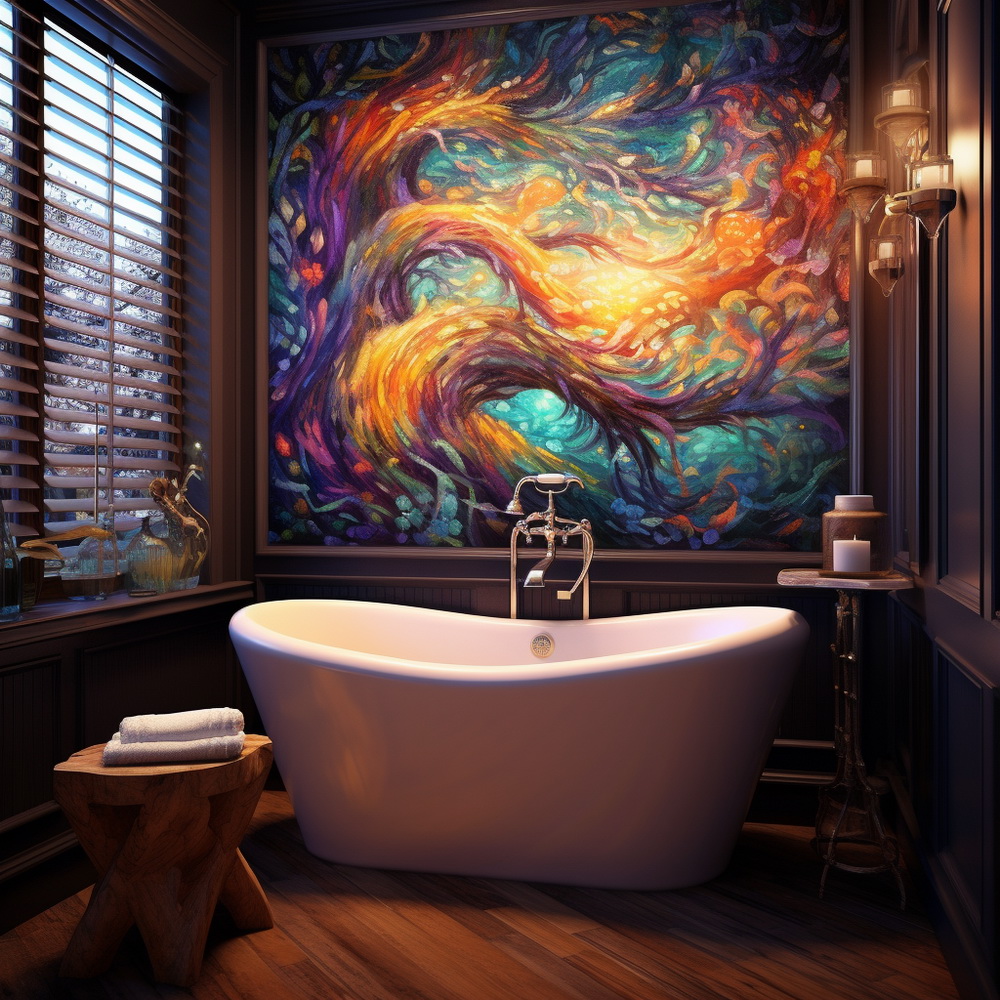
- Light Dimmers
Light dimmers allow users to control the brightness of lighting fixtures, enabling them to create the desired ambiance and mood. Dimmers are especially useful for adjusting lighting levels in response to changes in natural light or to highlight specific areas of artwork.
Tips for Lighting Artwork Effectively
- Experiment with Different Angles
Try adjusting the angle and direction of lighting to see how it affects the appearance of artwork. Experimenting with different lighting angles can reveal hidden details and textures, creating unique visual effects.
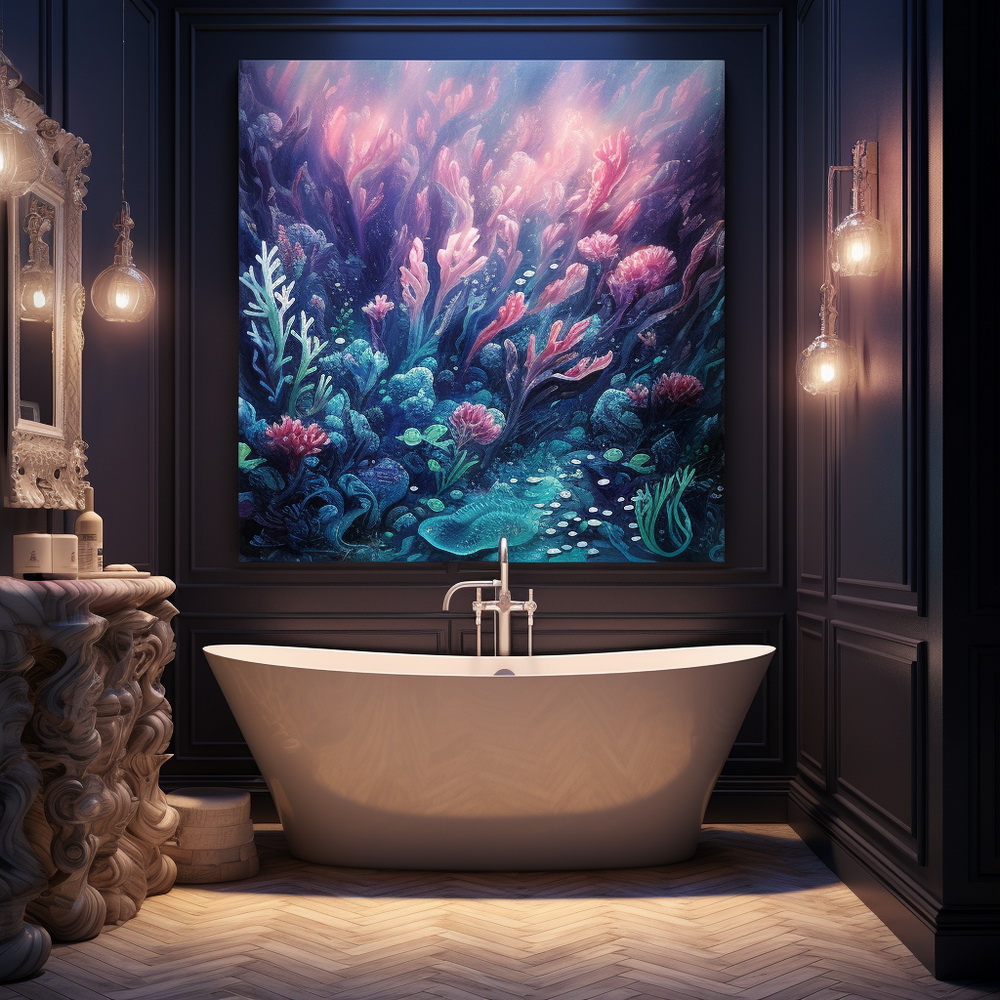
- Use Multiple Light Sources
Combining different types of lighting, such as ambient lighting and spotlights, can create a layered lighting scheme that enhances the overall visual impact of artwork. Multiple light sources can add depth and dimensionality to the space, making artwork more dynamic and engaging.
- Avoid Glare and Reflections
Position lighting fixtures to minimize glare and reflections on the surface of artwork. Glare can detract from the viewing experience and make it difficult to see details, so it’s essential to find the right balance between illumination and reflection control.

- Consider the Viewing Environment
Take into account the surrounding environment, including wall color, furniture, and decor, when planning the lighting for artwork. Lighting should complement the overall aesthetic of the space and create a cohesive visual experience for viewers.
Case Studies: Lighting Artwork in Different Settings
- Galleries and Museums
In galleries and museums, lighting plays a crucial role in showcasing artwork while preserving its integrity. Properly designed lighting systems create a conducive environment for viewing artwork, enhancing the visitor experience and promoting appreciation of the arts.
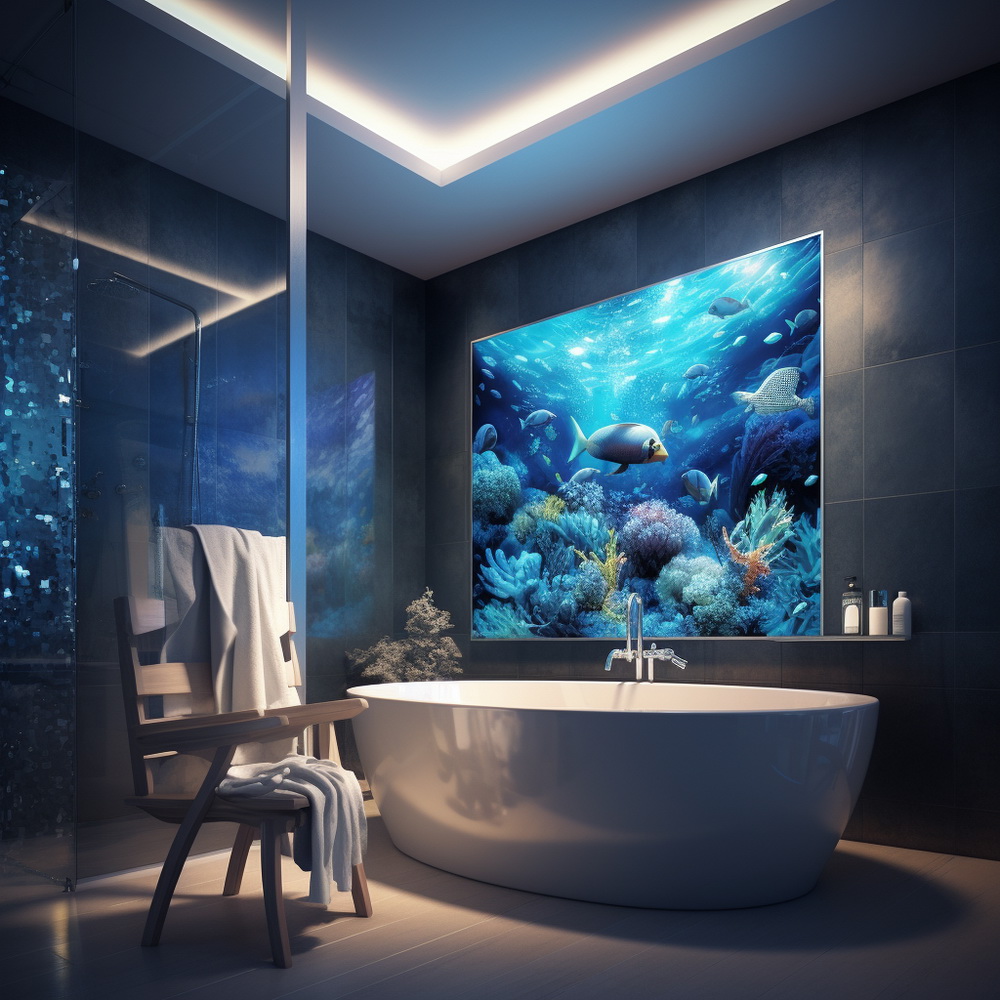
- Home Environments
In residential settings, lighting artwork can transform ordinary spaces into dynamic showcases for creativity and expression. By carefully selecting lighting fixtures and placement, homeowners can create personalized art displays that reflect their style and taste.
- Outdoor Exhibitions
Outdoor exhibitions present unique challenges for lighting artwork, as natural light and environmental conditions can vary widely. Temporary lighting solutions, such as portable spotlights and LED fixtures, can be used to highlight artwork and create visual interest in outdoor settings.
Benefits of Properly Lighting Artwork
- Enhances Visual Appeal
Properly lighting artwork enhances its visual appeal, bringing out colors, textures, and details that may otherwise go unnoticed. Lighting can accentuate the artist’s intended focal points and create a more immersive viewing experience for viewers.
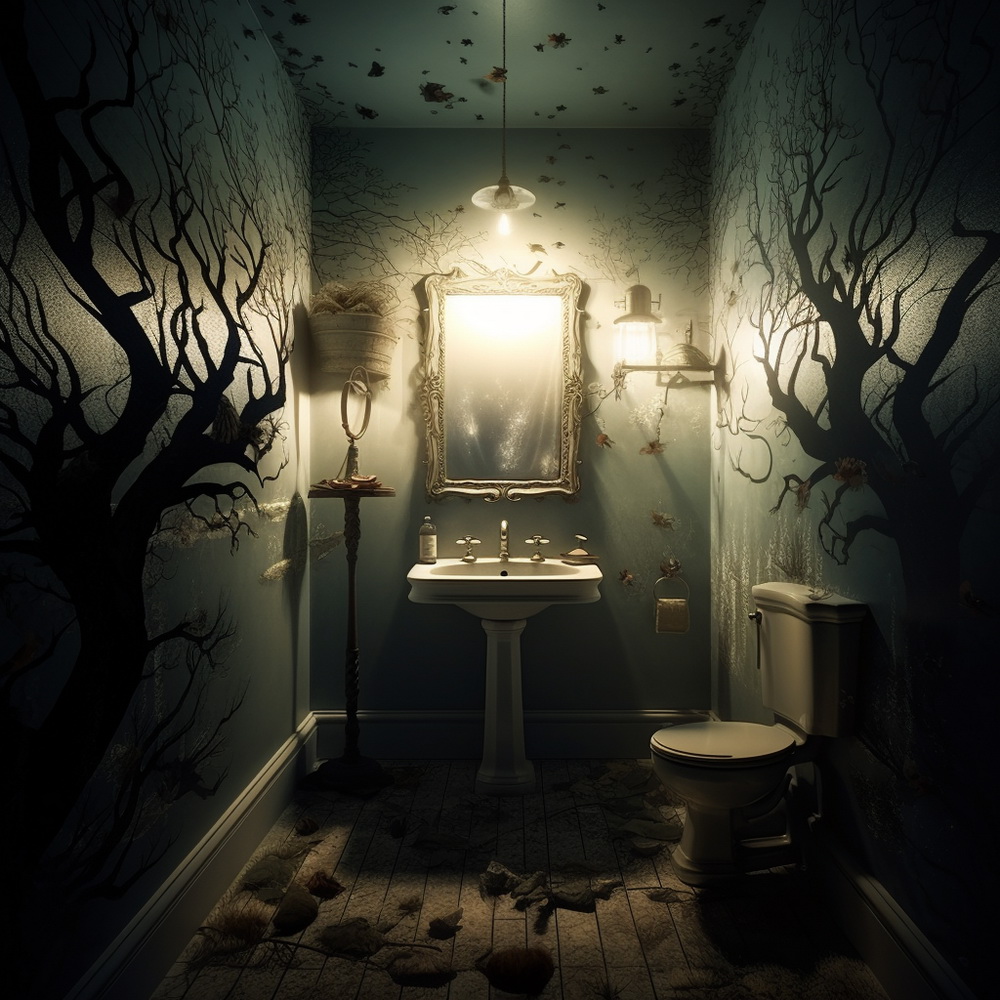
- Creates a Focal Point
By directing attention to specific areas or objects, lighting can create focal points within a space, guiding viewers’ gaze and enhancing the overall composition. Effective lighting draws viewers into the artwork, encouraging them to engage with it on a deeper level.
- Sets the Mood
Lighting plays a significant role in setting the mood and atmosphere of a space. Soft, warm lighting can create a cozy, intimate ambiance, while bright, cool lighting can evoke a sense of energy and vibrancy. The right lighting can enhance the emotional impact of artwork and create memorable experiences for viewers.

- Increases Perceived Value
Well-lit artwork is perceived as more valuable and prestigious than poorly lit artwork, as it conveys a sense of care and attention to detail. Proper lighting enhances the perceived quality of artwork, making it more appealing to collectors, patrons, and gallery visitors.
Challenges and Solutions
- Balancing Light and Shadow
Achieving the right balance between light and shadow is essential for effectively lighting artwork. Too much light can wash out colors and create harsh shadows, while too little light can obscure details and diminish visual impact. Experimenting with different lighting levels and angles can help artists find the optimal balance for their artwork.
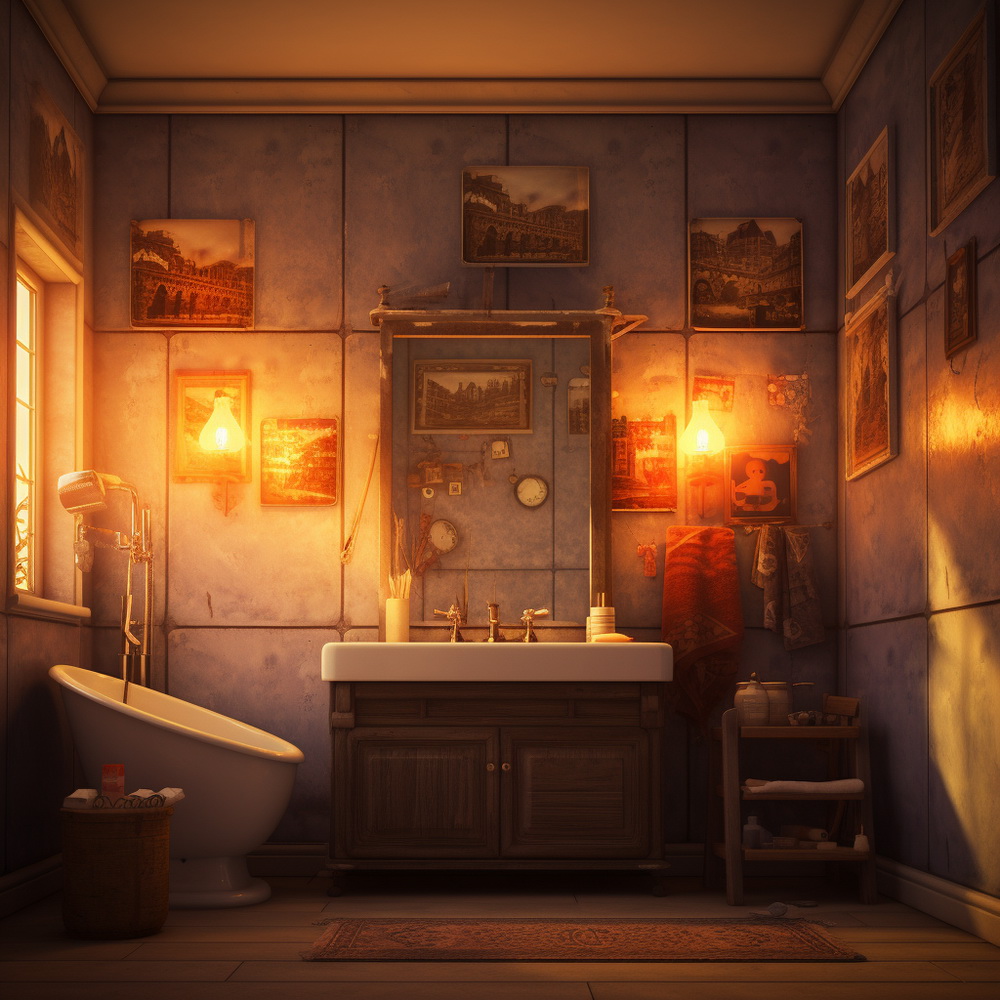
- Addressing Technical Limitations
Technical limitations, such as space constraints and electrical considerations, can pose challenges when lighting artwork. Artists may need to work within these limitations to find creative solutions, such as using compact fixtures or wireless lighting options.
- Managing Energy Consumption
Lighting artwork can consume a significant amount of energy, especially in large-scale installations or commercial settings. Artists and gallery owners should consider energy-efficient lighting options, such as LED fixtures and light dimmers, to minimize energy consumption and reduce environmental impact.
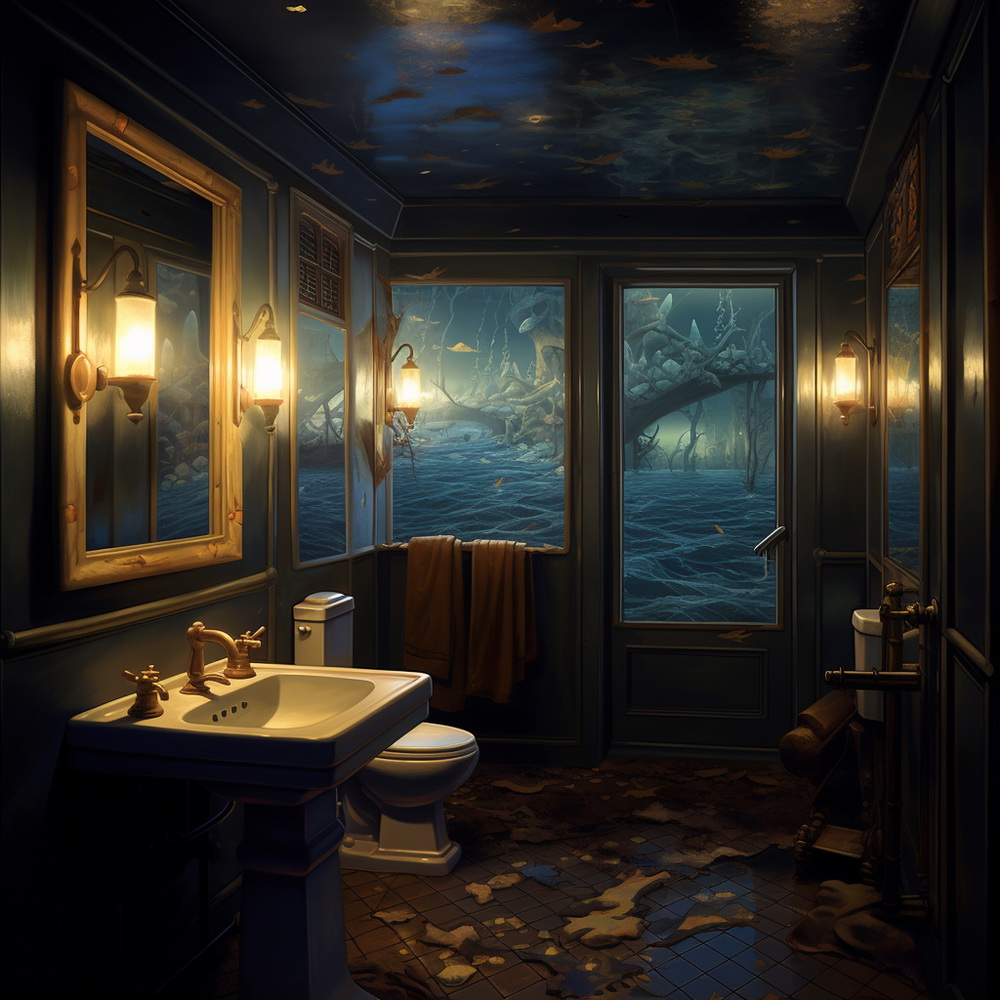
Conclusion
Lighting artwork is both an art and a science, requiring careful consideration of aesthetics, functionality, and technical specifications. By understanding the principles of lighting and experimenting with different techniques, artists can elevate their creative expression and engage viewers on a deeper level. Whether in galleries, homes, or outdoor settings, properly lighting artwork enhances its visual impact, creates a captivating atmosphere, and enriches the viewer’s experience.
FAQs
1. Why is lighting important in artwork?
Lighting is important in artwork because it affects how colors, textures, and forms are perceived by viewers. Proper lighting enhances the visual appeal of artwork and creates a captivating atmosphere for viewers to engage with.

2. What are some common types of lighting techniques used in artwork?
Common types of lighting techniques used in artwork include natural lighting, artificial lighting, ambient lighting, and spotlighting. Each technique offers different advantages and can be used to create various visual effects.
3. How can I effectively light artwork in my home?
To effectively light artwork in your home, consider factors such as color temperature, directionality of light, and shadow control. Experiment with different lighting angles and fixtures to find the right balance that enhances the visual impact of your artwork.
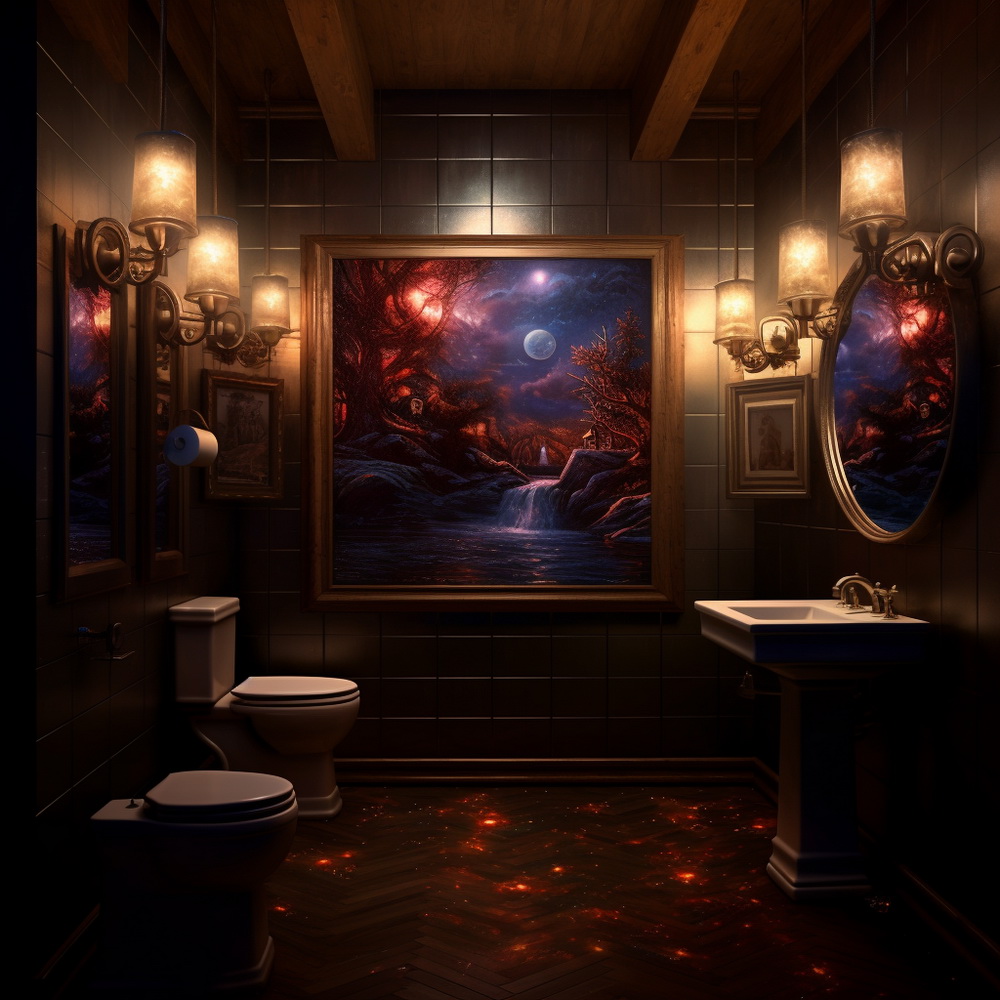
4. What are the benefits of properly lighting artwork?
Properly lighting artwork enhances its visual appeal, creates focal points within a space, sets the mood and atmosphere, and increases its perceived value. Well-lit artwork is more engaging and memorable for viewers, leading to a more enjoyable viewing experience.
5. How can I address technical limitations when lighting artwork?
To address technical limitations when lighting artwork, consider using compact fixtures, wireless lighting options, and energy-efficient solutions. Work within the constraints of your space and budget to find creative solutions that meet your lighting needs.
